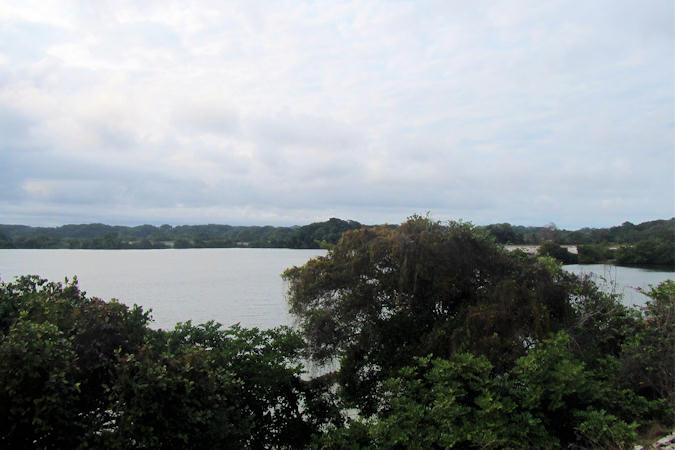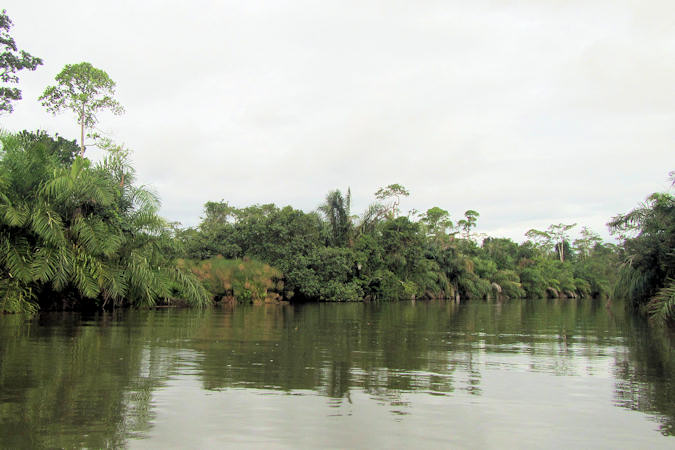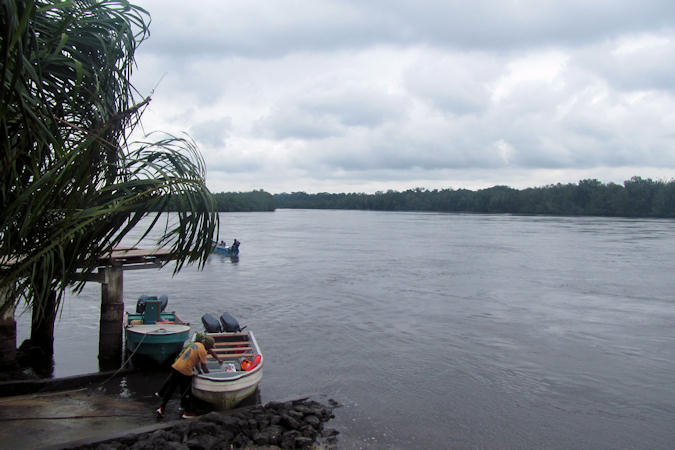Gabon
Things to DO
Parc National de Loango
With more than 85 km of uninhabited shoreline, Parc National de Loango is widely regarded as one of Africa's last great coastal wildernesses.Lagoons, forest, savannahs and wetlands all come together within the park's 1.500 Km2.
 |
|||||
The current park incorporates the former Iguéla and Petit Loango reserves. To the north, the former Iquéle Reserve covered
an area of 230.000 ha surrounding the Iquéla Lagoon and neighbouring it to the south was the smaller coastal reserve of
Petit Loango.
Though today the reserves have been merged into a unified national park, each side still has its own seperate acces route.
The Ndola Camp is situated at the mouth of the Iguéla River and is surrounded by dense rainforests opposite the Loango
National Park. From this new base you have an amazing view over the savannahs and the tropical rainforest & the Iguéla River.
The belt of grassy savannah that runs about 35km south of Ndole is perhaps Gabon's top animal-spotting destination. Elephant,
buffalo, red river hog are all represented on this stunning strech of land. There are no proper roads in the park, but the area is crisscrossed by a small network of tracks, allong which open-sided 4x4 vehicles wind their way through the patchwork terrein of
forest, savannah and beach.
Also in this area, at the southern end of the Iguéla Lagoon, you'll find Loango's newest attraction; treks to visit a habituated
group of Western Lowland Gorilla. It's a 60 minute boat ride from Ndole to the Yatouga Research Camp, where you will
be given a safety briefing before setting out. Trackers will already be out in the forest following the gorilla group's movements,
and will radio in to the camp, where they
 |
|||||
have been located. The hike to reach them will be about 45 minutes; while it's generally hot and humid in the forest, the
terrain is relatively flat. Once with the gorilla's, you'll be given a surgical mask to wear to prevent the spread of communicable
diseases. Visits last for an hour and are as enchanting, thrilling and unique as those offer anywhere in the world, but unlike
almost everywhere else, here you're more than likely to have the place to yourself.
The 66 km, two-hour boat trip to Akaka Forest Camp, crossing the length of the Iguéla Lagoon before travelling up the
Rembo Ngowe River, captures the essence of coastal Gabon: vast waterscapes, remoteness, and the constant forest backdrop.
Bird
life along the rivers is prolific, crocodiles, monkey's and hippo's are present but shy, wildlife can be difficult to spot in the
rain-filled swamps but in the dry season the concentrations of particularly forest buffalo and forest elephant that migrate into
the area are easily seen from a boat.
Parc National d'Akanda
 |
|||||
The area bordering the Mondah and Corisco bays has been protected as the 54.000 ha Akanda National Park since
2002. The park has two main biological areas: coastal forest in the north, dominated by okoumé and ozouga trees; and
mangroves extending around the bay towards Libreville to the south.
Akanda harbors one of the largest populations of wintering birds in Afrikca and is an ornithologist's dream: it was recognised
as an Important Bird Area in 2001. At low tide, the mud flats provide food for around 30.000 shorebirds migrating from
Europe. The biggest flocks can be seen between September and December and from February to March. African skimmers are in the
park year-round except during their nesting periods.
Akanda is also a vital feeding zone for turtle. Tangles of mangrove roots (one of the few kinds of trees that are able to grow
in salt water) serve as protective nursery for juvenile barracuda, skipper and most of the marine fish found here. You might
also see mudskippers: highly refined fish that hop out of the water like frogs to hunt for insects on land.